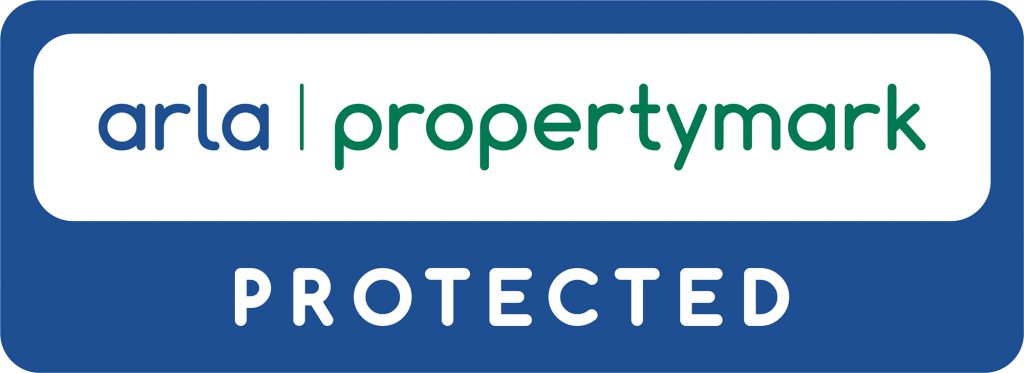Average house prices are currently 7.6 X the annual salary, official figures show that the average price paid for a home jumped 259% between 1997 and 2016 while earnings rose a measly 68% by comparison. In 1997, house prices were typically around 3.6 X workers’ annual gross full-time earnings.

For the UK to find itself in some kind of utopian future where the housing market is in complete harmony one of two things would need to happen. The first of which would be for wages to rise considerably faster than the price of homes. The other option would be for wages to rise swifter than inflation (and therefore house prices), this scenario would make home purchasing far more feasible and would probably fix the problem far quicker than you might originally think. So, what does the landscape look like for the price of homes? Unsurprisingly there have been reports of lowering house prices and slower sales as the property market has been hit by ambiguity following the Brexit vote. The triple threat of political uncertainty, the stamp duty changes and squeezed household incomes are all dampening buyer demand.
A house price crash is driven mainly by one of two things. One, if credit totally dries up, no one can buy. That hits prices (as buyers can’t get mortgages anymore), but it doesn’t hurt existing owners. This is what happened in 2008. Two, if credit becomes excessively expensive, then not only do houses become far less affordable for buyers, but existing owners also can’t pay their mortgages anymore and so become forced sellers. That’s what happened in the early 1990s. Whilst a housing crash has so far not materialised, many are pointing to the outcome of the Brexit vote as the potential catalyst. The housing market has slowed quite considerably, in the run-up to last summer’s vote, house prices had been rising by around 8% each year. Compares this to now where house prices are rising at their slowest rate since 2013, at 3% they are just ahead of the Bank of England’s official inflation gauge (CPI, at 2.5%), and they’re behind the one everyone else uses (RPI, at 3.2%). On the flip side mortgage options are attractive, someone who wants to borrow 90% of the value of their new home can do so at just 2.5% fixed for two years, down from 4.1% between 2013 and 2015, and 6% in the immediate aftermath of the financial crisis. The supply of homes has also influenced the current market conditions.
The longstanding mismatch between supply and demand has handed considerable control over to sellers. 2015-16 saw new homes rise to their highest level ever at 190,000, but this was still a long way short of the 300,000 a year that is needed to meet demand.
But what about the affordability side of things?
Ogilvy and Sneyd offer Online Lettings services across UK.
Ogilvy and Sneyd Estate Agents offer Traditional services in Leek, Nottinghamshire and Grantham.











